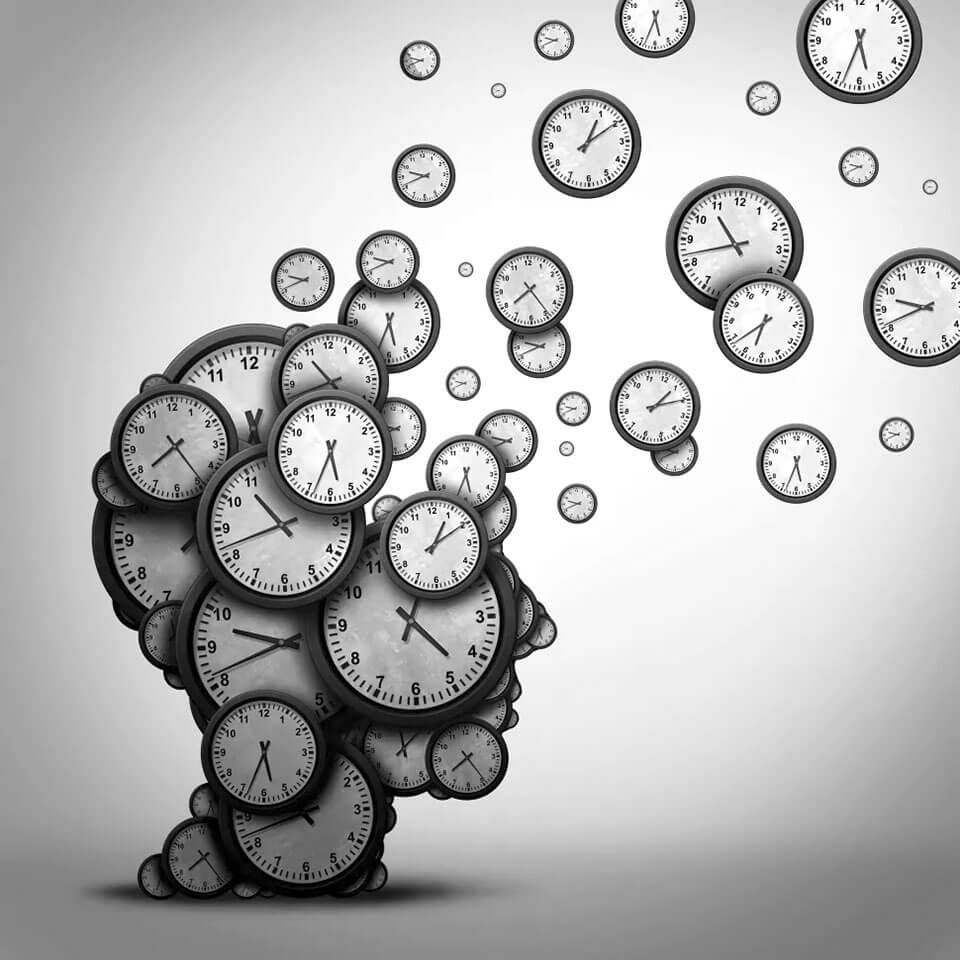Permanent Change
We live in an Age of Disruption. People wake up every day to find old paradigms broken and replaced by new sets of assumptions, concepts, values, and practices. The problem is not “change.” The problem is the velocity at which change is occurring. As we catapult into the future, humans are grappling with a constant state of instability. How are human beings to cope with such rapid-fire change?
A Little History of Change
During the Stone Age, early man had time to adapt. Time to absorb and master walking erect and bipedally. Time to absorb the development of language, tools and cognitive thinking processes. Time to absorb paradigm-shifting technologies like fire, tools and weapons.
Twelve thousand years ago the Age of Hunter-Gatherers gave way to the Age of Agriculture. New technologies gradually led to greater food production, permanent shelters, surplus crops for trade…a whole new paradigm of life. Change was still linear though. Humans had time to learn to adjust.
From 1750 to 1900, the Industrial Revolution sped up change exponentially. We begin to see the human cost of rapid change. Products previously created by hand were industrialized. Populations shifted from rural to urban settings. Adjustments were difficult. Workers were treated abysmally. Country dwellers found themselves in squalid urban slums, performing pressured, repetitive tasks, working in hazardous conditions in factories that were doing environmental harm. Huge cultural shifts occurred. Change mowed a lot of people down before humans got a handle on the rapid changes to their lives.
“Despite the immense achievements of technology by 1900, the following decades up to the present witnessed more advances over a wide range of activities than the whole of previously recorded history. The airplane, the rocket and interplanetary probes, electronics, atomic power, antibiotics, insecticides, and a host of new materials have all been invented and developed to create an unparalleled social situation, full of possibilities and dangers, virtually unimaginable before the present century,” according to “Britannica’s History of Technology.” Let’s put it this way: From the time of the first Wright brothers’ flights to landing on the moon was 66 years.
How Adaptable to Change Are We?
Speed is revered and sought after; Run a less than four-minute mile. Break the sound barrier. Build a faster processer. Deliver goods and services overnight.
Everyone is affected by the ramped-up pace of technological advancement and an ever-increasing volume of information coming to us at warp speed. However, it is important to understand that Speed has been separated from its important companion, Direction. Where are we going?
Before one can even begin to understand a new paradigm of cultural or technical standards, a new set of assumptions must be learned. People are struggling to keep up with exponential as opposed to linear change.
Who and What Will Survive?
The World Economic Forum advocates “three key skills to take on the challenges the fast-paced, disruptive world throws at us: learning agility, resilience and grounded (realistic) optimism.” Alvin Toffler, author of “Future Shock,” wrote: “The illiterate of the 21st century will not be those who cannot read and write, but those who cannot learn, unlearn, and relearn.”
Some people are slow and resistant to change. The world will pass them by. Some people are built for speed and will meet the future with openness and flexibility. Robert Safian of the Flux Group writes, “Charles Darwin foreshadowed this era in his description of natural selection: ‘It is not the strongest of the species that survives; nor the most intelligent that survives. It is the one most adaptable to change.’”
No one is saying it will be easy. Toffler wrote that people exposed to “too much change in too short a period of time… could lead to feelings of helplessness, despair, depression, uncertainty, insecurity, anxiety and burnout.” It is true that mankind is always resistant to change, but trying to replicate what worked yesterday will not work in the current chaos of change. There is a constant pressure now to learn new ways of doing things. Luckily, there is a great capacity in humans to adapt and survive. Openness is the key.
One wonders, though, will anything be constant? I say… yes!
Enduring Value`
Celebrations like Christmas encourage and celebrate the best of the human experience carried forward from the Stone Age to now—constant values and conditions that have sustained us through the crucibles of change. Love, Peace, Family, Friends, Good Deeds, Service to our Fellows and Prayer provide a steady ground on which we can stand and rest.
I have a special moment on Christmas morning to mindfully stand on that ground. I rise in the early light of day and go outside to listen. The natural sounds of Topanga play a gentle underscore. I feel a global communion with all the good passed forward through time. It is a moment of profound beauty and constancy. I will be thinking of you, dear readers, wishing you all good changes and cheer. Merry Christmas, Happy Holidays, Peace be With You.
Vamos a ver!









